Cryptanalysis is a fascinating field that embodies the intricate dance between security and violation, peace and conflict, trust and betrayal. To distill its essence, cryptanalysis refers to the study and practice of deciphering encrypted information without prior knowledge of the cryptographic key. Essentially, it’s the art and science of breaking down codes and ciphers that are designed to thwart unauthorized access to sensitive data. This can range from ancient ciphers used by historical figures to modern encryption algorithms that safeguard digital communications.
At first glance, one might pose a playful question: What if all the secrets of the world were laid bare? This hypothetical scenario beckons a deeper examination, inviting individuals to grapple with the implications of such transparency. Cryptanalysis serves as a double-edged sword. While it is instrumental in safeguarding our communications and upholding privacy, it simultaneously poses a notable challenge regarding security and trust.
Historically, cryptanalysis has roots that stretch back thousands of years, originating in ancient civilizations. The methods employed have evolved dramatically over time. From the rudimentary substitution ciphers of Ancient Egypt to the sophisticated algorithms of the digital age, the techniques reflect advances in human intellect and technological prowess. In its nascent stages, cryptanalysis was primarily dependent on linguistic skills, pattern recognition, and, intriguingly, the sheer intellect of individuals dedicated to understanding these cryptic communications.
Fast forward to the modern era, where the advent of computers has revolutionized the field of cryptanalysis. One notable aspect of this transformation is the move from manual to automated processes. Computers now possess the capability to process vast quantities of information at speeds inconceivable to the human mind. This shift has introduced various methodologies, including brute force attacks, where algorithms systematically attempt every possible key until the correct one is found, and more sophisticated techniques such as differential and linear cryptanalysis.
Brute force attacks, despite their simplicity, often appear insurmountable due to the exponential growth in possible keys as encryption strength increases. For instance, a 128-bit key offers (2^{128}) possible combinations, making such attacks computationally impractical. Still, this does not negate the need for continuous innovation within the field. As encryption methods become increasingly complex, so too does the need for advanced cryptanalytic techniques to overcome these barriers.
A critical component of cryptanalysis is understanding the underlying mathematics of cryptographic functions. Many of these functions rely on mathematical constructs such as prime factorization, modular arithmetic, and elliptic curves. These concepts may seem esoteric to the uninitiated, yet they lie at the very heart of modern cryptographic systems. The 1976 introduction of public key cryptography by Whitfield Diffie and Martin Hellman marked a paradigm shift, providing a new avenue for cryptanalysts to explore vulnerabilities and devise more robust algorithms.
The impact of cryptanalysis is palpable in real-world scenarios. Consider the pervasive use of encryption in online banking, secured email, and e-commerce. The fundamental trust placed in these systems hinges upon the assumption that cryptographic methods are sound. Any vulnerability resulting from a successful cryptanalysis can lead to catastrophic breaches of privacy and security. The 2017 Equifax data breach, which affected approximately 147 million individuals, underscores this reality. Hackers exploited an unpatched vulnerability, accessing encrypted data that was meant to be securely stored. This incident serves as a sobering reminder of the stakes involved and the urgent need for vigilance in cryptographic practices.
Moreover, the battlefield of cryptanalysis extends beyond mere financial gain; it includes national security dimensions. Governments invest substantially in cryptographic systems to protect sensitive communications and data. Cryptanalysts within intelligence agencies work tirelessly to break foreign codes and gather critical intelligence. The revelations by Edward Snowden regarding the NSA’s surveillance programs shed light on the scale and significance of cryptanalysis in statecraft.
As an intellectual endeavor, cryptanalysis encourages a blend of creativity and analytical thinking. It poses significant challenges that require innovative approaches; cryptanalysts often draw on insights from diverse fields such as computer science, mathematics, linguistics, and psychology. The collaborative nature of this work underscores the importance of interdisciplinary perspectives. The ability to see relationships, construct logical arguments, and critically assess various strategies is imperative in overcoming the multifaceted challenges that cryptanalysis presents.
The evolving landscape of cybersecurity demands that cryptanalysts remain one step ahead, continuously honing their skills and adapting to new challenges. As quantum computing emerges as a potential game-changer, cryptanalysis faces unprecedented hurdles. Quantum algorithms threaten to dismantle classical cryptographic assumptions, awakening the need for fresh defensive strategies. The tension between advancing encryption and the capability to crack it reciprocates, prompting ongoing innovation across the spectrum.
In conclusion, cryptanalysis is a critical component of the digital age, a discipline that bridges past and present, trusting and testing. It poses challenges that extend beyond mere code-breaking; the implications resonate deeply within the frameworks of privacy, security, and trust within society. The perpetual dance between encryption and decryption signifies not just a technological struggle, but a reflection of humanity’s ongoing quest for safety amidst an increasingly interconnected world. As cryptanalysts continue to explore this domain, they not only unveil secrets hidden within codes but also illuminate the fundamental principles that govern our need for security and freedom in the digital landscape.
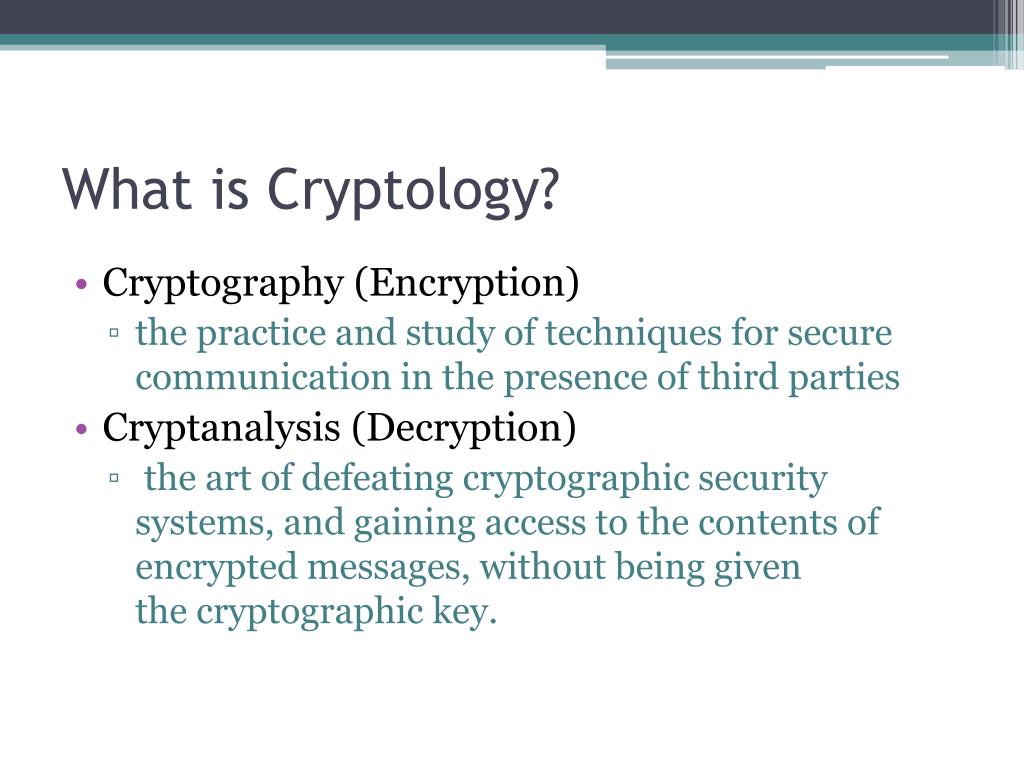

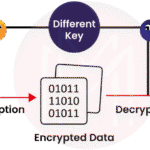
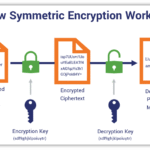
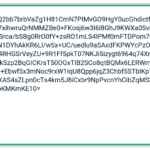
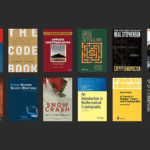



Leave a Comment